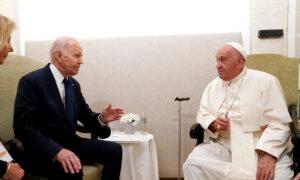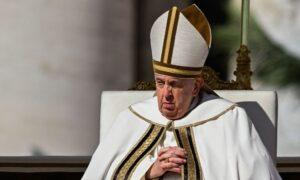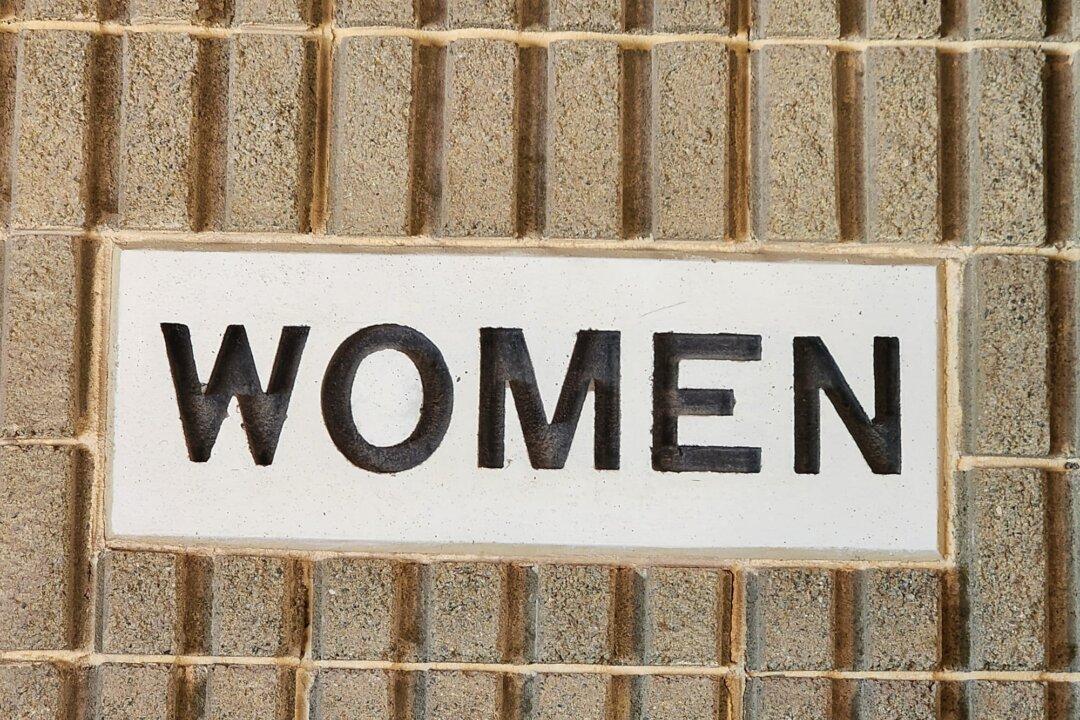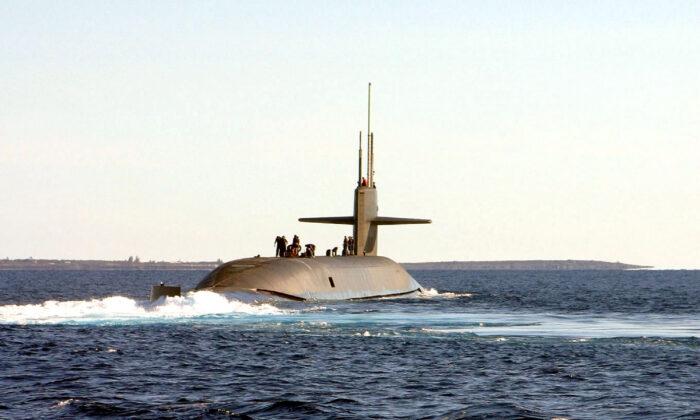Pope Francis has left for an ambitious 12-day tour of Asian countries. From Sept. 2 to Sept. 13, he will travel nearly 33,000 kilometres (20,500 miles) through Indonesia, Papua New Guinea, East Timor, and Singapore. This will be Francis’ 45th foreign trip since his election in March 2013.
It is the most extended trip yet for the Pontiff, who, at 87, is regularly forced to use a wheelchair due to knee and back pain. A doctor and two nurses will accompany him.
He will also meet political, diplomatic, and religious figures in each of the four countries and lead outdoor celebrations of the Catholic Mass.
He will use each visit to the four island nations across southeast Asia to urge global action on climate change.
Francis was an outspoken supporter of the 2015 Paris climate agreement and continues preaching the need for action to confront the dangers of warming temperatures, rising oceans, and increasingly extreme weather events—and especially the need to support those most vulnerable to their effects.
All the countries on his agenda are in danger from rising sea levels and increasingly severe and unpredictable heat waves and typhoons.
The trip begins in Jakarta, which has repeatedly experienced disastrous flooding in recent years and is slowly sinking. This has prompted the Indonesian government to build a new $32-billion capital on Borneo.
Church Focused on Asia
The current tour will also reinforce the Catholic Church’s significant shift toward Asia and the Pontiff’s desire to build alliances with other faiths.Catholic officials also see Asia as fertile ground for expanding the church’s membership, which has declined in Western countries.
While in Indonesia—the world’s most populous Muslim-majority country—he will attend a meeting with religious leaders at the Istiqlal Mosque in Jakarta, the largest in Southeast Asia. Only about 3 percent of Indonesia’s population is Catholic.
It’s part of his renewed push for Catholic-Muslim dialogue, which has long been a priority for Francis, who became the first pope to visit the Arabian Peninsula in 2019.
He will land in Jakarta at about midday local time on Sept. 3 and depart for Papua New Guinea three days later.
While there, he plans to go deep into the jungle to a remote place called Vanimo, a northern coastal town on the main island of New Guinea where residents live in extreme poverty. In the town, he will meet with missionaries from his native Argentina.
He’s also likely to meet with local officials to try to address the ongoing tensions between Christian and Muslim communities on the islands of Ambon, Maluku, Flores, and Papua.
In Timor-Leste, which is unusual in Asia in that around 97 percent of the population are Catholic—the highest proportion outside of the Vatican City State—Francis and the Grand Imam of Al-Azhar, Sheikh Ahmed al-Tayeb, have already signed a landmark “human fraternity document.”
Sending a Message to Beijing
Francis’ visit to Singapore, where three-quarters of the population is ethnically Chinese and Mandarin is an official language, will give him another opportunity to reach out to Beijing as the Vatican seeks improved ties for the sake of China’s estimated 12 million Catholics.It comes after Beijing officially recognised Tianjin Bishop Melchior Shi Hongzhen on Aug. 27, who, as far as the Vatican is concerned, took over as bishop in 2019.
The Vatican said Beijing’s official recognition of him under civil law was “a positive fruit” of the dialogue between the Church and the communist regime.
The Pope will appear at more than 40 events during his trip. No previous pope has toured abroad at a similar age.
Benedict XVI, Francis’ immediate predecessor, resigned at 85. John Paul II, who had Parkinson’s disease, made his last visit abroad at 84.






